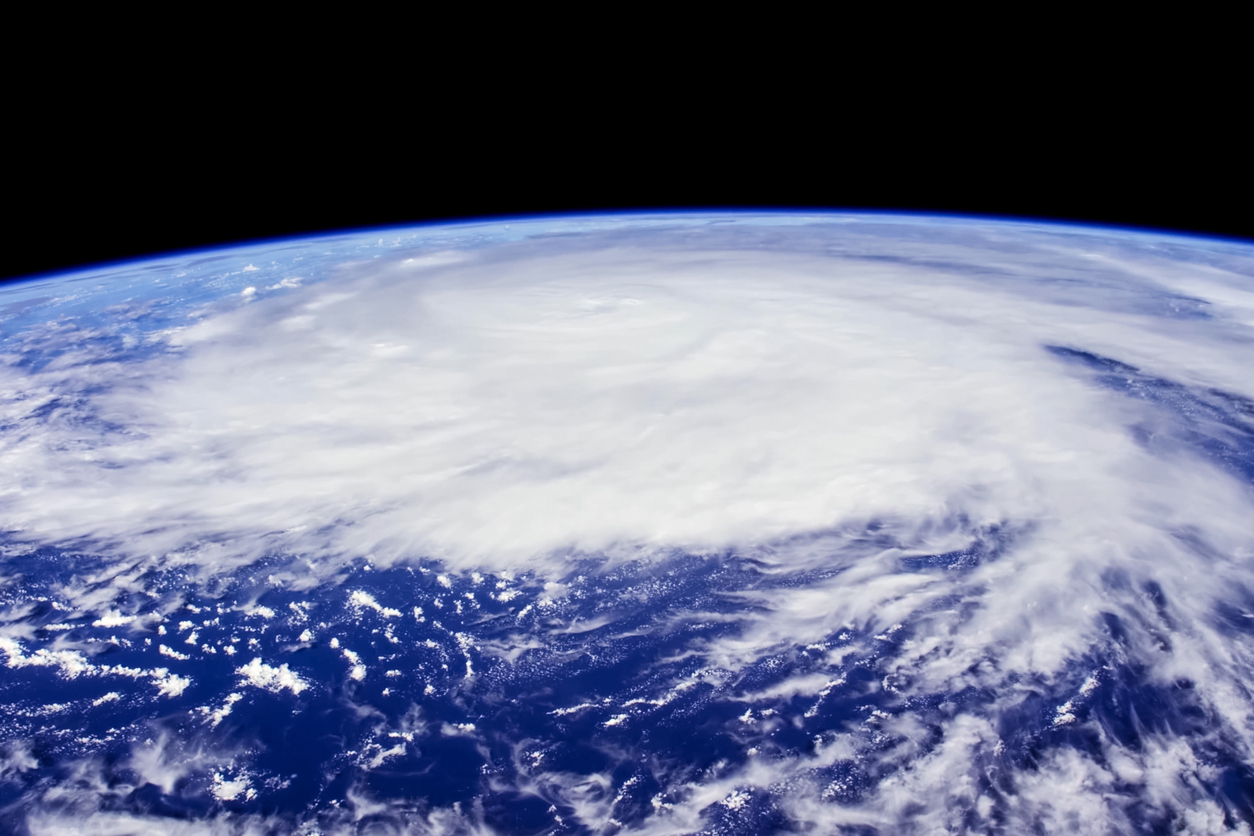The First Street Foundation released its peer-reviewed wind model that uses open science to identify the likelihood and financial impacts of tropical cyclones for all properties in the contiguous United States today, and up to 30 years in the future under a changing climate. Titled ”The 7th National Risk Assessment: Worsening Winds” The Foundation also released the findings and methodology leveraged to quantify this risk which combines high resolution measurements of well over 50,000 synthetic storm tracks to determine likely sustained wind direction and speed, adjust for local surface roughness effects on wind speed, and quantify the probability and magnitude of 3-second gusts that drive the majority of wind-related losses.
First Street Foundation’s model finds that over 13.4 million properties will be exposed to tropical cyclones in 30 years that are not currently. This increasing exposure is due the greater proportion of hurricanes that are expected to reach major hurricane status (Category 3-5 on the Saffir-Simpson Scale) today and into the future, and the greater likelihood that storms will track further northward along the US East Coast. Furthermore, the research demonstrates that Florida, the most exposed state, can expect a shift in the landfall of hurricanes from the south in cities such as Miami, to more northern locations such as Jacksonville. This shift in location and strength of hurricanes in Florida alone results in the number of properties that may face a Category 5 hurricane from 2.5 million in 2023 to 4.1 million by the year 2053.
In partnership with the global consulting and engineering firm Arup, the Foundation also calculates the dollar value of expected damage and the associated downtime for each specific building structure, accounting for things like the number of stories, residential or commercial category, spatial orientation of the building, roof type, building material and more. These property level damage estimates show that on average, the country can expect to see an annual loss of $18.5 billion this year resulting from hurricane winds, increasing to just under $20 billion dollars in 30 years. Of that $1.5 billion in increased damages, the vast majority of that, roughly $1 billion, comes from increased exposure in Florida alone.
“Quantifying hurricane wind exposure and the resulting financial implications for every property in the country ushers in a new era in the understanding of the physical impacts of climate change,” said Matthew Eby, Founder and Chief Executive Officer of First Street Foundation. “Compared to the historic location and severity of tropical cyclones, this next generation of hurricane strength will bring unavoidable financial impacts and devastation that have not yet been priced into the market.”
The forecasting method used by the Foundation is one that is informed by historic observations of tropical cyclone formation, strength, and landfall rates and adjusted to the realities of today’s environment accounting for current sea surface temperatures, atmospheric temperatures, and sea level using the latest climate models from the International Panel on Climate Change (IPCC). This allows for the creation of thousands of synthetic storm tracks to better understand the likelihood and severity of storm formations today and under future climate scenarios. The First Street Foundation Wind Model (FSF-WM) was built on decades of peer-reviewed research and heavily informed and guided by the research from world-renowned scientist and MIT professor emeritus of meteorology Dr. Kerry Emanuel.
The peer-reviewed First Street Foundation Wind Model will now be incorporated with Risk Factor (RiskFactor.com) for every property in the contiguous United States. Visitors to Risk Factor will find a property’s Wind Factor alongside its Flood Factor, Fire Factor, and Heat Factor with the ability to adjust property details to understand which specific property improvements can be made to reduce risk.













